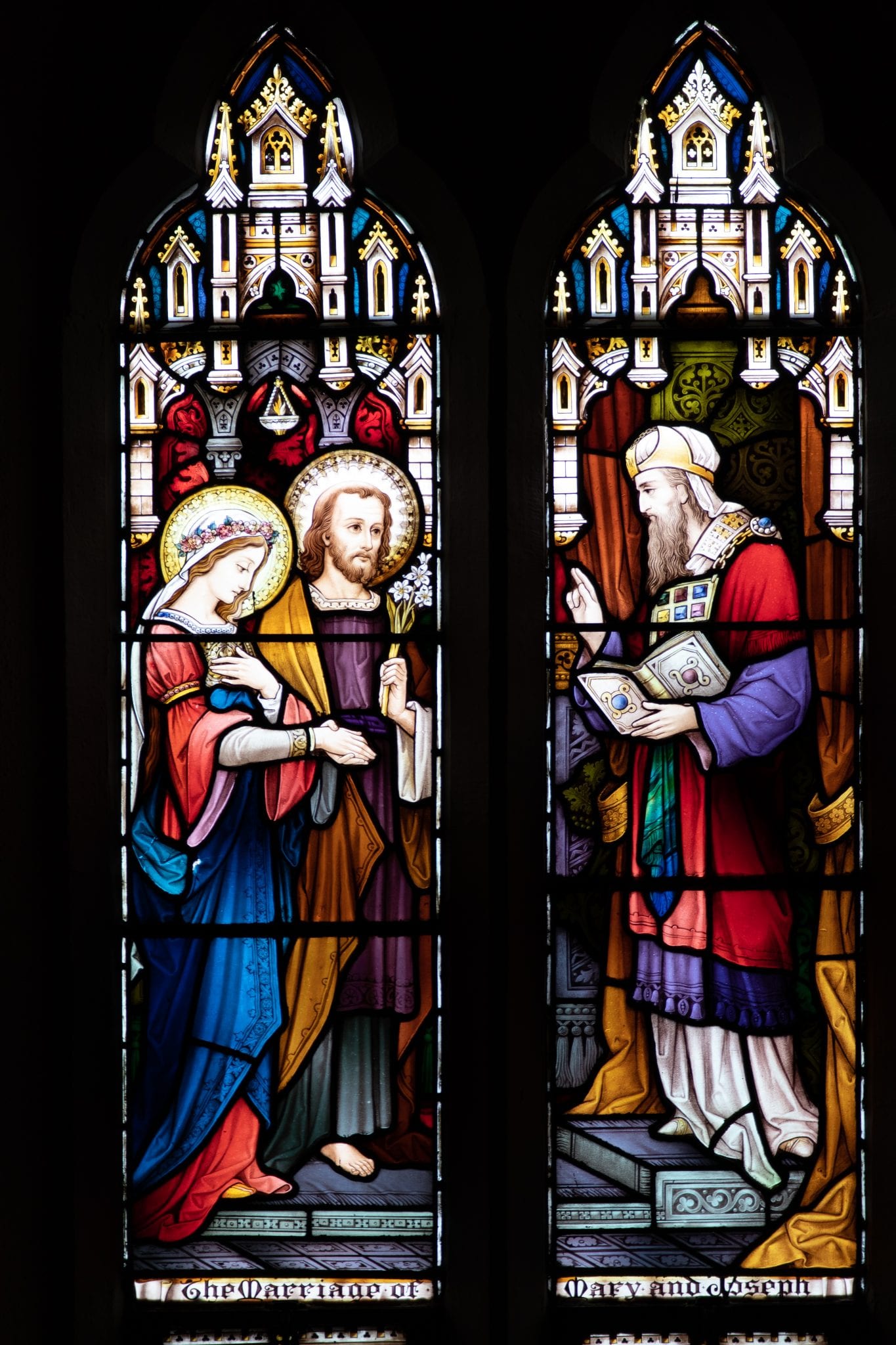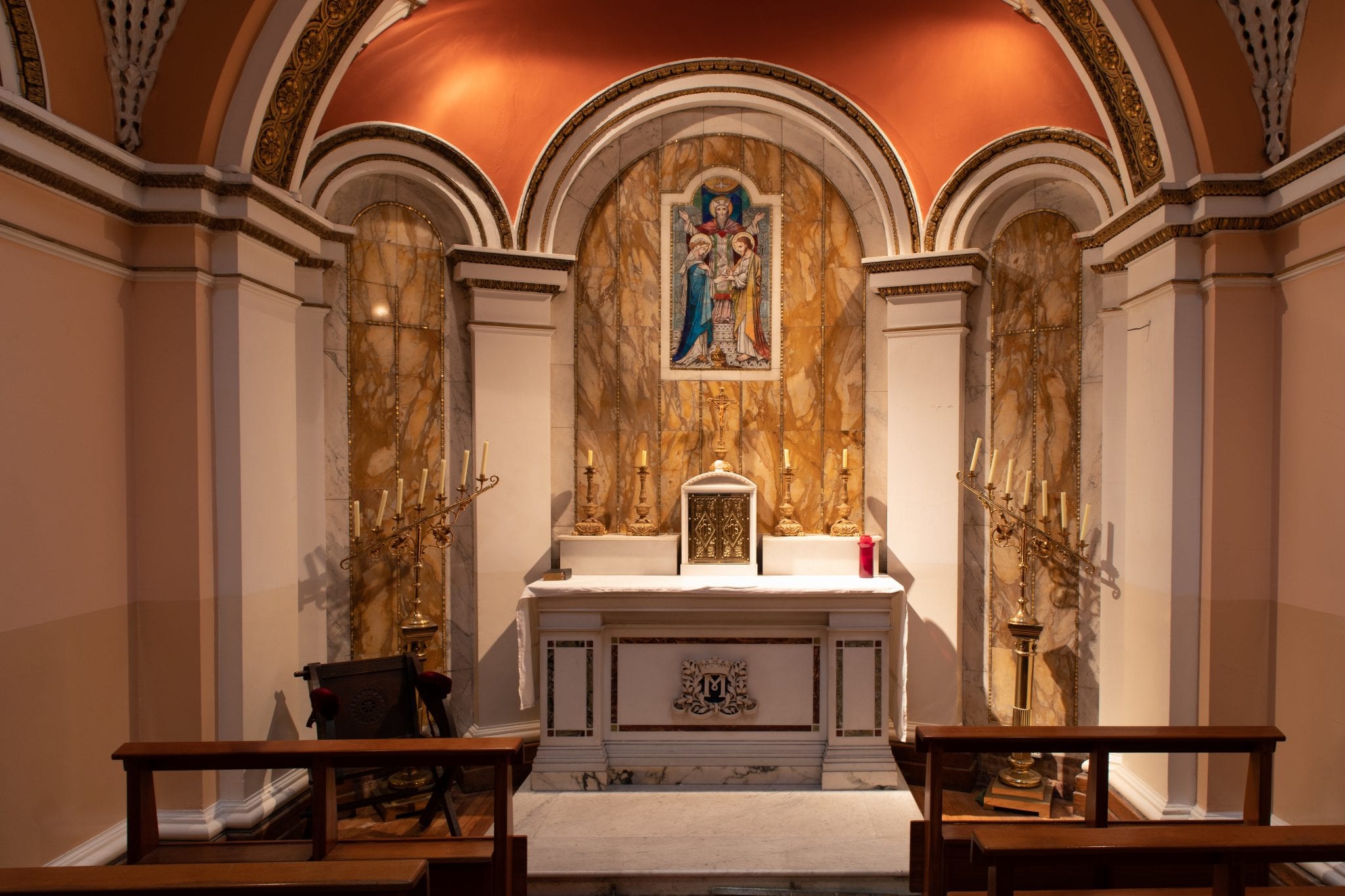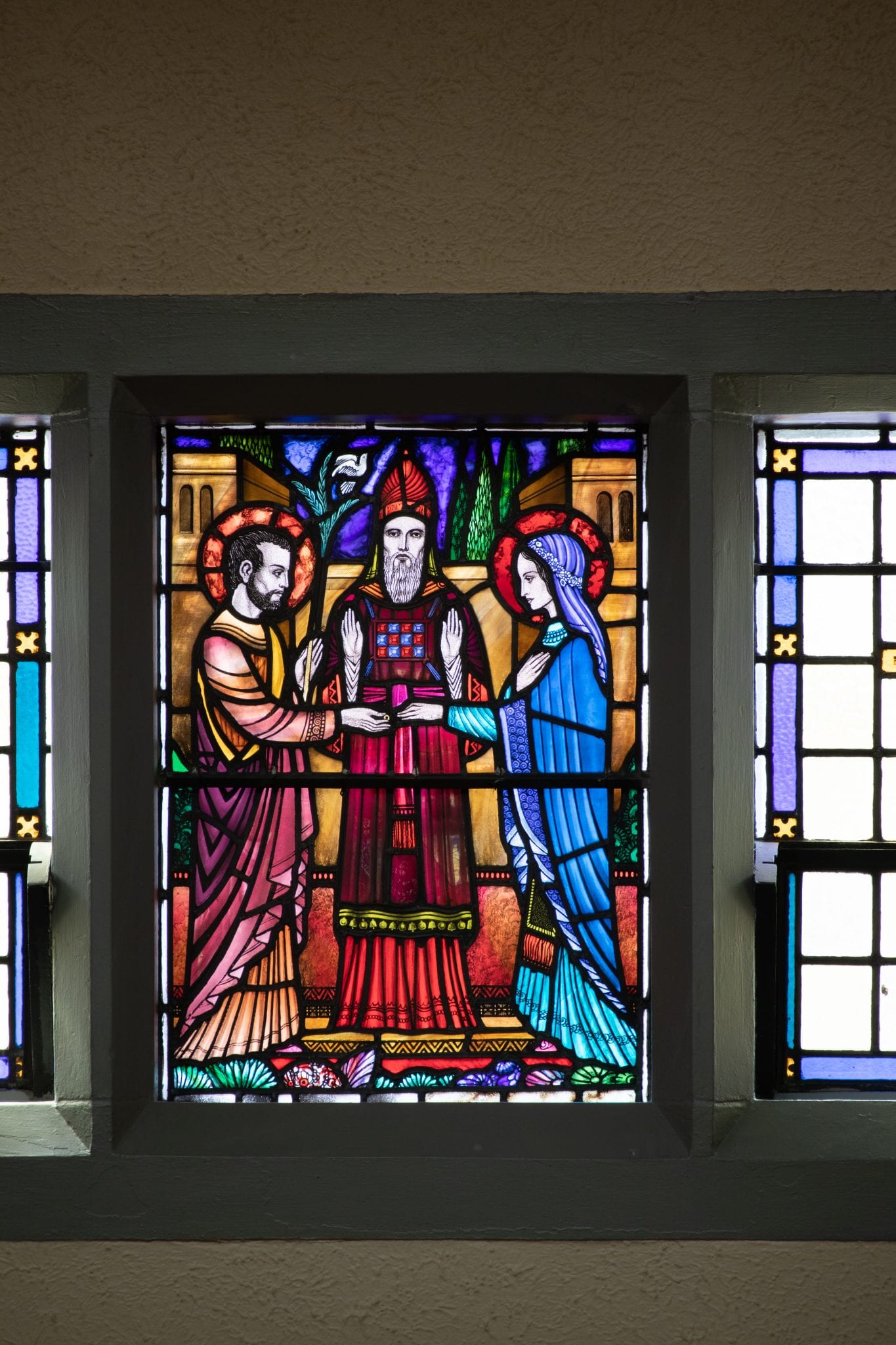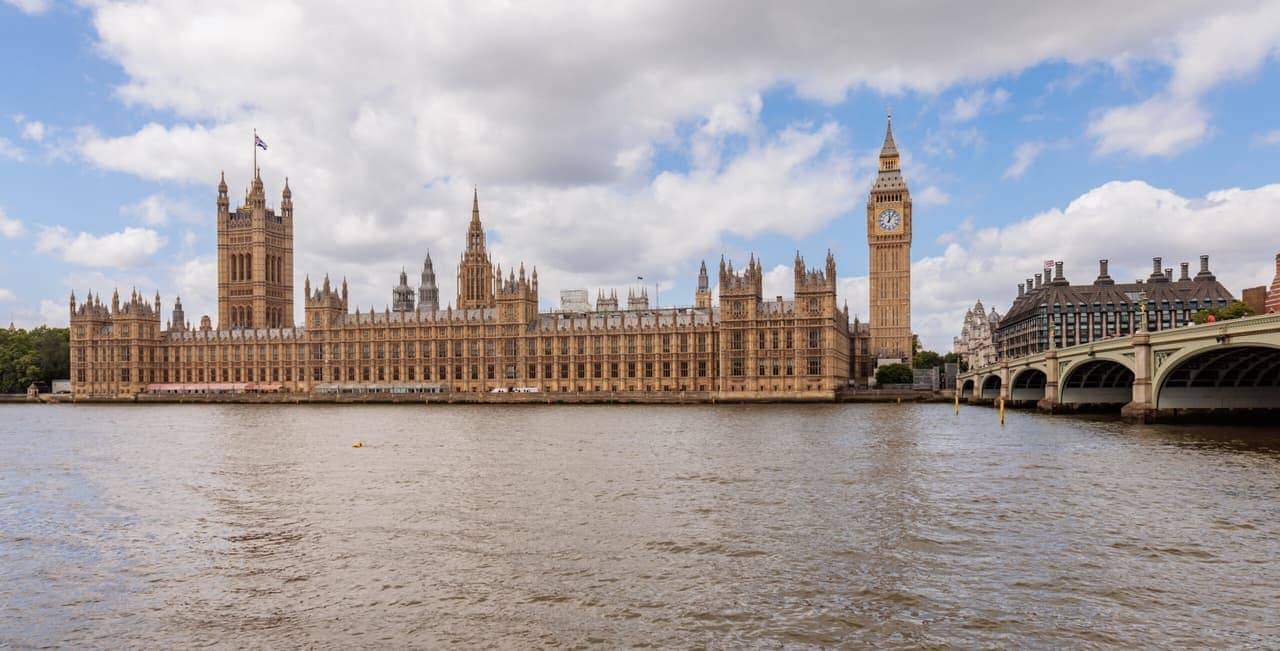LEICESTER, United Kingdom – Although never depicted in the biblical accounts, the marriage between Mary and Joseph is a subject which has long fascinated theologians and artists.
Irishman Paraic Maher said when he first saw an artistic portrayal of the scene, he “felt a spark of wonder and excitement” and began a quest to find more artistic depictions of the marriage.
The result of this quest is a new book, Betrothed: Glimpses of the Betrothal of Mary and Joseph.
Although the word “betrothal” usually means a promise to marry, among the Jews of the New Testament era, it was actually the marriage contract itself.
“History tells us that the Jewish custom back then was for marriage to occur through a two-step process. The initial step was a religious ceremony whereby the two parties signed a legal contract that bound them together. This is what Pope John Paul II called the ‘legal or true marriage.’ Next, the couple might wait up to a year before they would move in together,” Maher told Crux.

The Irishman said he isn’t certain why the marriage became such a popular scene in religious art, but noted the story of the marriage was featured in the medieval Golden Legend, and was a mainstay in depictions of Mary and Joseph from the renaissance onward.
“It is only in very recent times that it ‘dropped off the radar.’ Then the question becomes: Why did it become unpopular as a subject for religious art?” Maher said.
“It might be in part a reaction against traditions that are not grounded explicitly in scripture. It used to be that there was a feast of the espousal of Mary and Joseph celebrated in many countries on Jan. 23, but it was for the most part suppressed after the Second Vatican Council,” he said.
Maher said this was disappointing, since their marriage “helps us to better understand the figures of both Mary and Joseph, and the incredible sacrifices they made in their young lives long before there was ever any archangel at the Annunciation, any baby Jesus, or any indication that the Messiah was coming through them for the salvation of the whole world.”
He said this is especially important for young adults today, many of whom are in relationships, but questioning whether or not to get married.
“The demands of marriage should fill us with awe, and the lack of certainty could paralyze us. And yet, the example of Mary and Joseph’s betrothal is one that urges us to trust in God and be daring, to step out in faith and be fearless. They did so, and they went on to live the most dramatic lives imaginable. We can too and who knows what the Lord will have in store for us,” he said.
Below are excerpts of Crux’s interview with Maher.
Crux: Why did you write the book?
Maher: I’ve always harbored a curiosity about the betrothal, as some mysterious thing the Gospels mention but never explain, some action that occurred ‘off screen’ before the main story began. Then, the first time I saw it depicted in a church, I felt a spark of wonder and excitement, as though I were looking ‘behind the veil’ at something I wasn’t meant to see. It whetted my appetite to look for more betrothal scenes, and also to find out the story behind the scene.
I was astonished by the beauty of the depictions I subsequently found, and intrigued by the drama of the story behind the betrothal.
What pushed me to publish a book on it however was the World Meeting of Families in Dublin in August. I wanted to do something to honor Mary and Joseph, and to honor their betrothal, and, more generally, to mark that powerful moment whereby two people bind themselves to each other for life through an exchange of marriage vows.
And the photos that make up the bulk of the book are so rich and beautiful, I knew it would be a visual feast for the eyes that would also uplift the soul.
What is the significance of Mary and Joseph’s betrothal? What are the differences in marital practices at the time of Jesus and the practices today, and how does that sometimes distort our understanding?
Great question, and there are a couple of ways of answering it: What was the Jewish understanding of the time? What was the understanding of the Gospel writers? And what is the understanding of the Church? History tells us that the Jewish custom back then was for marriage to occur through a two-step process. The initial step was a religious ceremony whereby the two parties signed a legal contract that bound them together. This is what Pope John Paul II called the “legal or true marriage.” Next, the couple might wait up to a year before they would move in together. This allowed time for the bride to mature and learn the art of home-making and allow time for the groom to secure a house for them. At the end of a year, the groom would come to the bride’s house and triumphantly take her away to their new marital home and publicly celebrate their marriage with a great feast. But they were in truth married after that first step.

This means that the ‘betrothal’ is in reality a ‘marriage’ so that when the angel came to Mary at the Annunciation, she was already married to Joseph, but they had not yet moved in together.
When you look at the text of the Gospels, they echo this distinction. They speak of Mary both as betrothed and as the wife of Joseph even before he took her to his home, while adding that Joseph would have required a divorce to leave her before that. The Gospel writers add one twist though: Luke continues to call Mary and Joseph ‘betrothed’ as they journey to Bethlehem, long after Joseph had taken Mary to his home.
Luke seems to be refining the distinction to mean that Our Lady is married but the marriage is not consummated.
Note that it is unfortunate that some translations of the Bible use ‘engaged’ or ‘pledged to be married’ instead of ‘betrothed’ or ‘espoused’ and thereby mislead as to the true nature of their bond.
As for the Church’s understanding, the sacrament of matrimony is not involved, but the natural institution of marriage is. It took centuries for the Church to settle on when exactly marriage comes in to being: When a relationship is consummated or when vows are exchanged? But when she did decide, the Church ruled that the exchange of consent is the decisive act that makes a marriage.
This means, according to all three of these perspectives, the betrothal was a marriage that was not consummated.
In effect, it is equivalent today to when two people exchange vows of marriage at the altar and sign a marriage contract, but before they have celebrated their wedding reception and consummated their marriage.
A better translation might be ‘espoused’ rather than ‘betrothed’ as the latter has connotations of a mere engagement whereas the former makes clear that each one is now the married spouse of the other.
Why was this such a popular subject for religious art?
Again, a good question, and this time I am not really sure. I think it is entirely natural that it should have been popular, as their betrothal/marriage was such a crucial part of the lives of both Mary and Joseph.
The story behind the scene was described vividly in the Medieval handbook The Golden Legend drawing on sources in the apocryphal literature, and from the renaissance onwards it was a mainstay of depictions of the life of Mary, or of Joseph, or of the Holy Family. It is only in very recent times that it ‘dropped off the radar.’ Then the question becomes: Why did it become unpopular as a subject for religious art? It might be in part a reaction against traditions that are not grounded explicitly in scripture. It used to be that there was a feast of the espousal of Mary and Joseph celebrated in many countries on Jan. 23, but it was for the most part suppressed after the Second Vatican Council.

In part it might also be that the Church had other pastoral priorities. I am bowled over when I think of Joseph’s courage and faith in binding himself to Mary even though she may already have taken a vow of virginity, sticking with her through her mysterious pregnancy at the behest of the angel, and then being the rock at the head of their family, leading mother and child out of danger and providing for them in Bethlehem, Egypt and Nazareth. But, faced with the rise of communism in the 1950s, the Church instituted the feast of St Joseph the Worker. Now that we are renewing our respect and appreciation for marriage, maybe we could restore the feast of the espousal of Mary and Joseph.
Most of the art depicted in your book comes from your homeland, Ireland. Is there a special significance for the Irish in the symbolism of the betrothal?
I found betrothal scenes literally all over the country and yet, I don’t think it was an unusually popular devotion for the Irish. For example, one of our greatest artists, Harry Clarke, used a book from 1850 by Anna Brownell Jameson Legends of the Madonna as Represented in the Fine Arts and it listed the betrothal as one of the significant historical ways Our Lady was depicted in art. And indeed, such depictions are found all over continental Europe.
In my own book, the very last betrothal scene I feature is a beautiful bronze sculpture in the Vatican gardens that was inaugurated by Pope Benedict in 2010. For me, it shows that honoring the betrothal is of significance to the whole church, and not simply to regions with a strong Marian or Josephine devotion. It also shows that it is of contemporary relevance and not a relic of a pre-Vatican II era.
Practically speaking, Why should Catholics care about the betrothal of Mary and Joseph today?
It helps us to better understand the figures of both Mary and Joseph, and the incredible sacrifices they made in their young lives long before there was ever any archangel at the annunciation, any baby Jesus, or any indication that the messiah was coming through them for the salvation of the whole world.

It blows my mind to think of Mary, completely devoid of the ill-effects of original sin, and hence with an extraordinary capacity for knowledge and for love, who had dedicated herself entirely to God from a very young age, and yet here she is binding herself in marriage to a mere mortal man who she would love, serve and obey as the head of their family for the rest of their days.
Mystical accounts paint Mary as being torn between her desire to give herself exclusively to God, in an offering of perpetual virginity, and the customs of the day that required her to marry. Yet, in her own ‘dark night of the soul’ she dared to trust in God and he found a solution to her seemingly irreconcilable difficulty: A spouse who would love and protect her and her total gift of herself to God.
I think we have a lot to learn there, when we endure our own dark nights, wracked with anxiety, unsure which way to go, that we too might cry out to God in those moments of desperation and then step out in faith, with boldness and daring.
And yes, this is all the more so for young people in relationships today, questioning whether to marry or not. The demands of marriage should fill us with awe, and the lack of certainty could paralyze us. And yet, the example of Mary and Joseph’s betrothal is one that urges us to trust in God and be daring, to step out in faith and be fearless. They did so, and they went on to live the most dramatic lives imaginable. We can too and who knows what the Lord will have in store for us.














